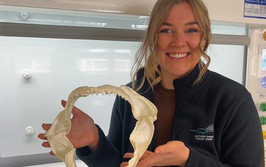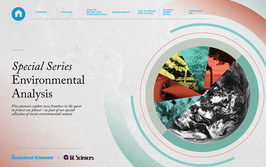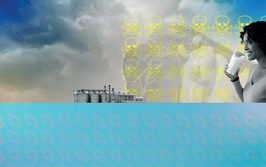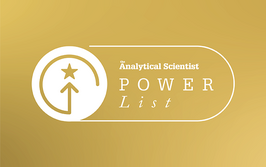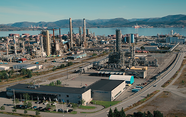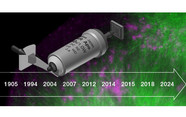Andrew Ault
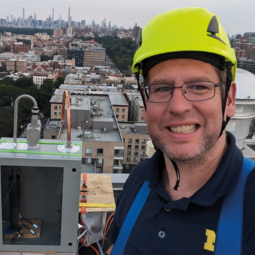
Associate Professor, Department of Chemistry, College of Literature Science and the Arts, University of Michigan, USA
Main research aims? The Ault Laboratory aims to use advanced analytical instrumentation and novel methods to understand the impact of atmospheric aerosols from a wide variety of sources on human health and global climate.
Biggest challenge in environmental analysis today? One of the biggest challenges in environmental analysis is understanding human exposure to a range of emerging and changing pollutants. From my perspective, inhaled pollutants are critical to understand, as our lungs are much less adept at handling novel toxins and pollutants in comparison to exposures to our gut or skin, where the body is more prepared to face unexpected exposures. This is why our bodies are often many times more sensitive to inhalation exposure versus ingestion or dermal exposure. While as analytical chemists we know that the body responds to distinct chemicals differently, our environmental regulations for air pollution exposure are dominated by mass concentrations (e.g., particulate matter less than 2.5 µm, known as PM2.5), irrespective of chemical composition. This means that 10 µg/m3 of sea spray particles from the ocean are considered as harmful as the same concentration straight out of a truck’s tailpipe, which intuitively to an analytical scientist doesn’t make a lot of sense. The reason these regulations are based on mass and not composition is that we currently lack robust and inexpensive measurements of aerosol chemical composition. While we have made strides with expensive instrumentation in the US and Europe, if we want to protect the whole planet and a lot of the global south that has not had the same access to advanced measurement, we need to address this issue. I am optimistic that analytical science can have an incredibly positive impact on human health globally.
Missing from the analytical tool box? Where analytical scientists can help address these global environmental challenges is by generating high quality data with lower cost instrumentation. In the atmospheric space we often have a choice between low quality data from really cheap sensors (with numerous flaws) or really expensive instrumentation that provides amazing analytical detail. Analytical scientists have the potential to provide a middle ground with chemical information that instrumentation can be deployed widely, but not be so expensive that it is inaccessible to 99% of researchers. The advances in 3-D printing and miniaturization through microfluidics have amazing potential in this space. A contribution my laboratory is working on is providing low cost size separation (3-D printed aerosol cyclones) and low cost aerosol collection into microfluidic devices. These types of efforts are needed to leverage the amazing lab-on-a-chip advances in the past decade.
